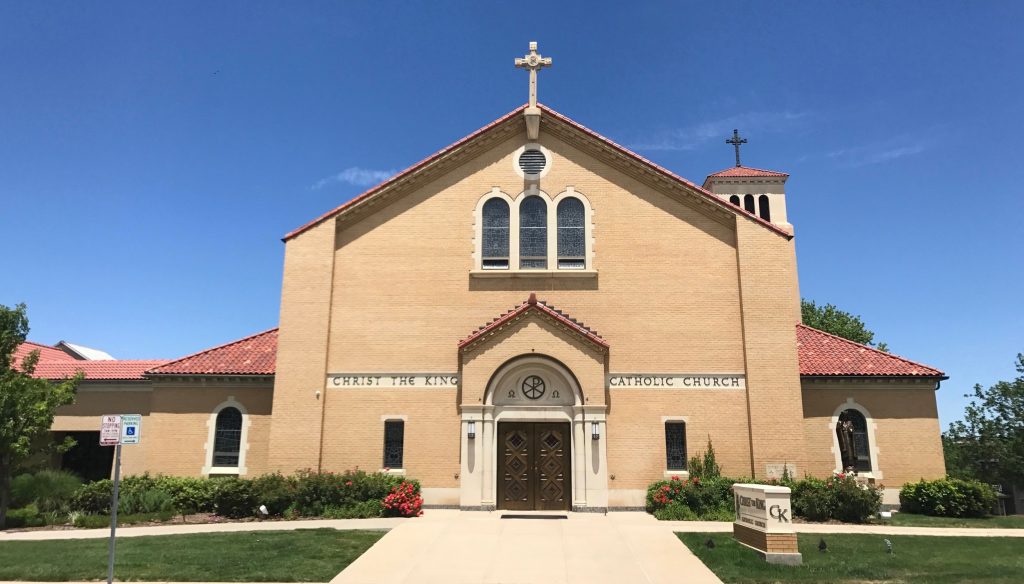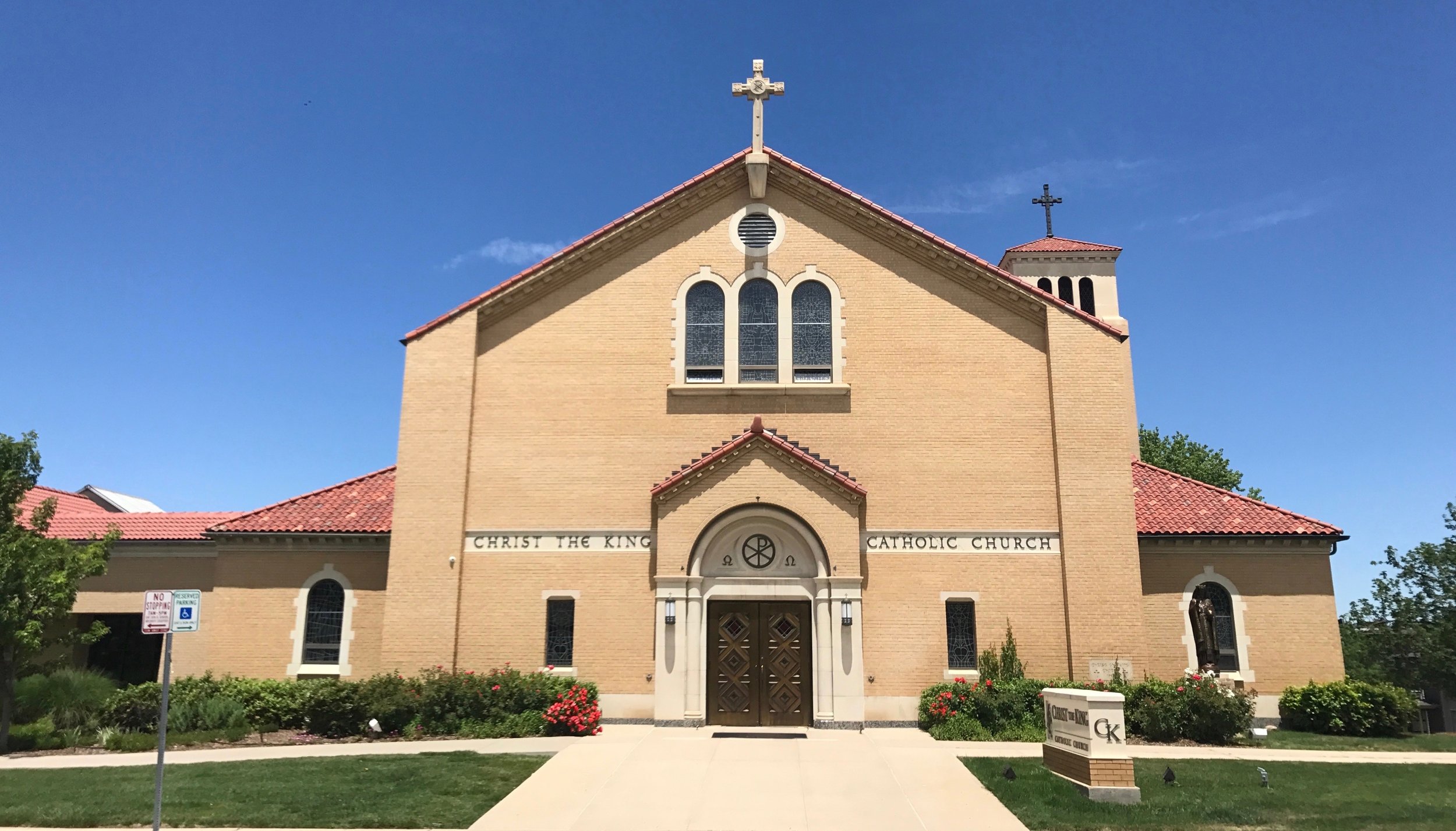
Suranjann G Dutta
If something defines Northeast India precisely, then the rich cultural diversity of the indigenous tribes residing in north-eastern states. These tribes have been following their unique traditions and cultural practices for ages. However, one thing that must be noted here is that their cultural diversity never became a point of conflict as all the indigenous tribes stayed together, unitedly respecting each other traditional customs. This is exactly something that is the fundamental essence of Sanatan Dharma. Sanatan Dharma, one of the core principles is co-existence which promotes a pluralistic society, and the indigenous tribes of North-eastern have displayed the same principle over the years.
But changing times also bring new challenges, and today the major challenge in front of the Northeast and its unique cultural diversity is the rapid religious conversions. Whenever there are talks about conversions, we often predominantly talk about Islamic conversions. But in this discourse, we tone down the conversions carried by missionaries. However, the time has come to actively make conversions to Christianity the focal point of debates. If we closely observe religious conversions in the Northeast, it would be apparent that conversions to Christianity have played a much influential role in the erosion of the cultural and religious demography of Northeast India.
Interestingly, the rate of conversions to the fold of Christianity was so rapid that many north-eastern states with no footprint of Christianity have today become Christian-dominated states. Let us take a few examples to understand the magnitude of this conversion. In the state of Sikkim, in 1901, there were only 136 people who were practicing Christianity. Today 15% of people there are Christians. Similarly, for Arunachal in 1901, there were no Christians. In 1971, around 0.7% of people converted to Christianity, and today a whopping 39% of people in Arunachal associate them with Christianity. In Meghalaya, in 1901, only 6.1% of people were Christians. In 1951, it went up to 54%, and today more than 70% of Meghalaya’s total population associates them with Christianity. Now let’s see what happened with Mizoram. In Mizoram, in the year 1901, only 45 people were Christians. Today it has gone up to 87%. In Nagaland, in 1901 there were 6.1% of people associated with Christianity, but today more than 90% population in Mizoram are Christians.
Northeast forms a significant region of Christian concentration in India today of the 2.78 crore Christians counted in 2011, 78 lakhs are in the Northeast (including Assam). The above-stated figures testify to the fact that missionaries have played an active role in altering the demographics of north-eastern India. It is also a fact that most north-eastern states where Christianity became predominant have had a history of successionist movements. These successionist forces often demand the separation of north-eastern states from India. They do so by fuelling their argument that claims northeast India has different cultures and traditions, which are different from the rest of India. For example, the militant group of Nagaland demands a particular Nagalim country, and their demands are motivated by Christian religious philosophy. These militant groups clearly endorse the Christian religious philosophy. They also have some backing on the ground as the Church and missionaries often try to generate perception in favor of such successionist forces.
Not just succession forces, a section of left intellectuals also, over the years, promoted the alienation of North-eastern states from the rest of India in the name of different cultural practices of Northeast India. In this entire process, they advanced the argument that not just from a cultural perspective but from a religious perspective, also north-eastern part of India is different. The church and missionary forces that had received foreign funding unabated over the years also worked relentlessly on the ground to carry out their conversion process and show the North-eastern part of India different.
For missionaries, the main target of conversion has always been those tribes residing in hilly Northeast areas. Today an average of 70% population in hilly regions of the Northeast have been converted to Christianity, which is a worrying trend for India’s unique and diverse identity. When the tribes of the North-eastern region convert, not just do they move out of the Sanatan Dharma fold, but also, they give up their unique customs and cultural practices. Also, the conversion to Christianity in North-eastern states poses a severe threat to national security as most north-eastern states are surrounded by international borders.
The activities of missionaries with an objective to convert the population in the Northeast started way back during the British era. That is the reason they brought the ILP system to regulate the movements of people from the rest part of India to the north-eastern region. This was the time when at one side people from the rest part of India were denied access to the north-eastern region and on the other side, Christian missionaries were sent to these areas to carry on their conversion activities.
But even after independence, the conversion mission by Christian missionaries continued as the government who were ruling back then was close to these missionaries. Between 1947 to 1990, the Christian missionaries gained more momentum and it is during this time period, Northeast India saw a major tectonic shift to Christianity, especially among tribal populations.
The right to choose religion is one thing. But the unabated conversions with a specific objective to promote successionist forces and alienate the north-eastern part of India need our attention. In recent years, there has been a change in our country’s political dynamics that has helped slow down the conversion activities in India. However, the efforts are not enough as, till today, many people associated with missionaries travel to India on a tourist visa and, in an unobtrusive manner, conduct a conversion process in India, which needs to be stopped. Also, the government must bring anti-conversion solid laws to prevent Northeast India from further damage. The government should formulate some effective policies that would discourage conversion activities and promote converted people returning to their original sanatanic fold.
It is a well-known fact that to preserve the co-existence nature of Bharat, it is essential to keep Indic faiths as dominant forces in every part of India. Once India loses its Indic faith, it builds up a framework for the growth of anti-India and successionist forces.
Lastly, we must pay attention to what Dr. BR Ambedkar said about conversion to Christianity and Islam.
“What the consequences of conversion will be to the country as a whole is well worth bearing in mind. Conversion to Islam or Christianity will denationalize the Depressed Classes. If they go over to Islam, the number of Muslims would be doubled; and the danger of Muslim domination also becomes real. If they go over to Christianity, the numerical strength of the Christians becomes five to six crores. It will help to strengthen the hold of Britain on the country”.






